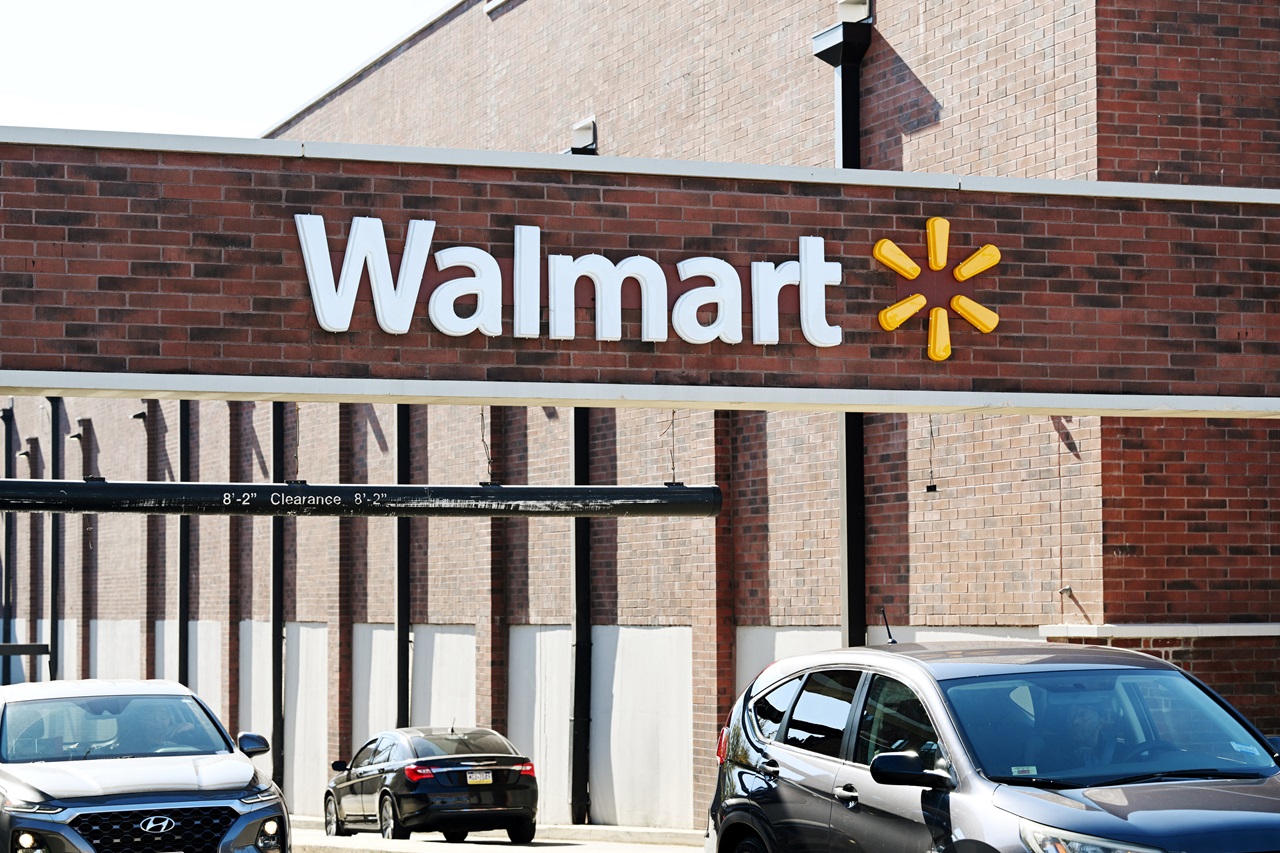
Small and midsize business leaders are confident heading into 2022
A new JPMorgan Chase survey found that despite the pandemic, supply chain and cost challenges, the year ahead looks promising for a majority of businesses.
The last couple years have not been easy for many business leaders, to put it mildly.
However, despite the challenges brought on by the ongoing COVID-19 pandemic, many small and midsize U.S. business leaders are optimistic about their performances and broader economic outlooks as we head into the new year.
According to JPMorgan’s Chase 2022 Business Leaders Outlook Survey, 83% of midsize, and 71% of small businesses are optimistic about their performance in 2022, both increases from 77% and 63% a year ago, respectively.
Business owners are also overwhelmingly more optimistic about their industries local, nationally and globally compared to the start of 2021.
“Businesses have been key accelerators of the continued economic recovery through their resolve and ingenuity in finding new ways to deliver products and services to their customers,” said Jim Glassman, head economist at JPMorgan Chase Commercial Banking. “They now have a stronger sense of how to remain competitive in the current economic landscape, which should allow them to build on last year’s momentum.”
That momentum explains why 81% of midsize businesses and 63% of small businesses are anticipating revenue and sales growth in the year ahead.
The pandemic has caused many businesses to shut down or reduce its staff.
However, 53% of midsize businesses are operating at at least the same capacity as they were prior to the pandemic, while 31% are now running at an even greater capacity than pre-pandemic levels.
The report credits expansion into new markets or geographies, innovation and diversification in product and services, and increased consumer demand as the most common drivers of growth.
While the survey shows that a major of small and midsize businesses have shown success in the past year, challenges have remained.
Navigating an uncertain situation such as a pandemic can be an unruly endeavor, and for many business leaders, it has been.
The survey noted the top three challenges both small and midsize businesses have faced throughout the pandemic.
For small businesses, the top three challenges have been: economic uncertainty, inflation, and pandemic-related consumer habit shifts.
RELATED CONTENT
For midsize businesses, the top three challenges are: the labor shortage, ongoing supply chain issues, and the higher cost of doing business.
These challenges have caused many of these business owners to have to adjust their business models in order to maintain themselves.
“Businesses today are eager to grow, but are having to navigate the reality of not being able to fill open roles quickly enough and dealing with disruptions in their supply chain that are slowing them down,” said John Simmons, head of middle market banking & specialized industries for JPMorgan Chase Commercial Banking.
In response to these challenges, small and midsize businesses have looked to add suppliers from different geographics, allocate more funds to cover increased costs, provide employee incentives, and also take action to reach consumers through digital channels.
According to the survey, 69% of small businesses are seeking new ways of financing and funding, up 10% from a year ago. The greatest need is software systems and development, with 23% of small businesses stating it.
To help fund their purchases, 48% of businesses plan to use business credit cards, up from 38% a year ago, and 68% of small businesses plan to explore online lending options, up from 56% a year ago.
Despite the ongoing challenges of the past couple years, most small and midsize businesses remain optimistic about the year ahead.
As these businesses prepare to navigate the new year, the survey denotes three pieces of advice.
They are: embrace the uncertainty that will almost assuredly take place throughout the year, remain patient as manufacturers ramp up production and the demand for goods eases, and consider examining different environmental, social and governance (ESG) factors that can help build a well-defined company culture that can improve employee retention.
All in all, the way that small and midsize businesses navigate the coming year — as they have the previous two years — can set the stage for its survival for the next decade-plus.











LEAVE A COMMENT:
Join the discussion! Leave a comment.